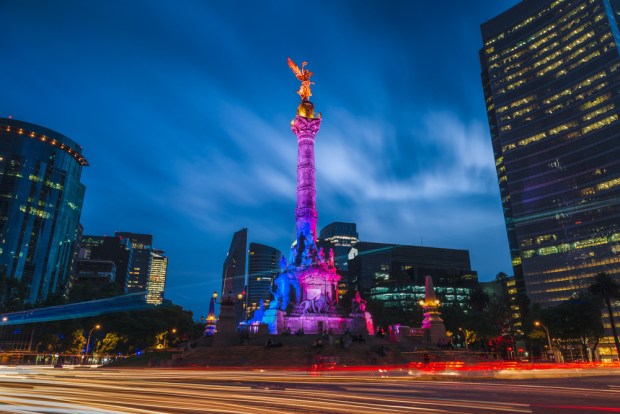US-Mexico Cross-Border Payments Rise

With the peso nearing an all-time low and the growing tensions between Mexico and the U.S. in the wake of Donald Trump’s election, cross-border payment providers have seen a big uptick in business as of late.
The amount of U.S. dollars flowing into Mexico reportedly jumped 25 percent year on year in Nov. 2016 alone — the fastest growth rate in a decade, reported The Wall Street Journal, to $2.4 billion, according to figures from the Bank of Mexico.
One of President Trump’s major campaign promises was that Mexico would pay for a border wall — through direct payment or taxation — saying that it would be possible to halt or tax cash remittances as a method of forcing Mexico to pay.
“They will reimburse us for the cost of the wall. That will happen, whether it’s a tax or a payment — probably less likely that it’s a payment, but it will happen,” Trump said on Jan. 11.
Now that he’s president, it seems Donald Trump plans to make good on that promise.
Money flowing from the U.S. to Mexico is the largest single remittance corridor in the world. And even before the election, as the peso dropped, remittances jumped. Between Jan. and Nov. 2016, $24.6 billion flowed back to the pockets of Mexicans from friends and relatives living overseas, according to Mexico’s central bank.
In the second quarter of 2016 alone, the U.S. and Mexico saw the largest remittance flow since at least 2013 — up 10 percent to $6.6 billion, said WSJ. If the trend continued through the end of the year, some $2 billion more will have been sent to Mexico from the U.S. over 2015.
W. Alexander Holmes, CEO of money transfer company MoneyGram, told WSJ that remittance flows are hard to shut down. U.S.-to-Mexico flows comprise about 10 percent of MoneyGram’s volume, according to the company.
“If you make it too difficult for regular people to send, because you’re so concerned about other activity, it goes underground,” he said.
